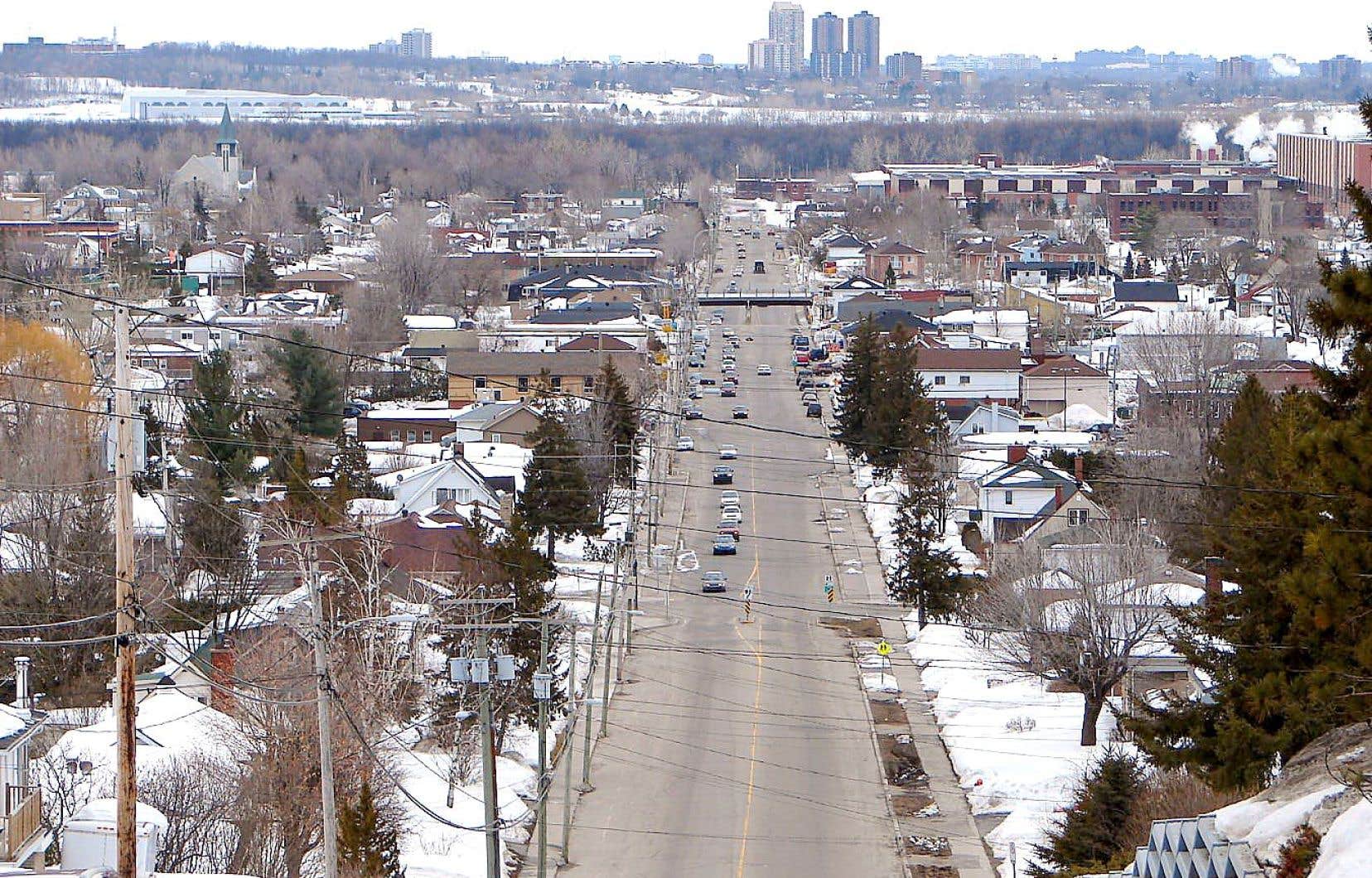Demolitions increased by more than 320% in Gatineau last year. ” Yes, it’s true. We didn’t have as many demolition requests before,” regrets municipal councilor Caroline Murray, one of the three members of the committee dedicated to these issues.
Despite new national legislation intended to prevent demolitions, they have nevertheless increased in the fourth largest city in Quebec. “The developers say that it’s the housing crisis, that the buildings are not in good condition and that they must be demolished,” explains Mme Murray.
Gatineau has a less ancient architectural fabric than Quebec or Montreal, but at the rate things are going, it is possible that there will not be much old left in the city for a long time, she believes.
The developers say it’s the housing crisis, that the buildings are not in good condition and that they must be demolished
The matchstick houses, these workers’ homes typical of the Old Hull sector, have been deliberately neglected, notes Daniel Feeny, director of communications in the office of the mayor, France Bélisle. “The matchstick houses have been bought by developers who let them go and demolish them. » Well-placed land is therefore acquired in this way for relatively little money.
According to the mayor’s spokesperson, the fact that the municipality still does not have an up-to-date list of its heritage buildings does not facilitate their protection. Thus, due to the lack of barriers, the municipal meadow is open to all.
Court appearance
Daily life The right noted, over the year, that the Gatineau municipal council transformed itself “into a sort of court on demolitions.” The densification promised by construction projects appears to ignore several existing buildings, as if construction depended on destruction, notes councilor Caroline Murray, like the regional daily. The majority of demolitions pass like a letter in the mail, observes the elected official. In Gatineau, few buildings benefit from protection. “We have no expertise or legal argument to refuse them. »
When a demolition is contested, usually when it concerns a building to which heritage value is attributed, the matter ends up before the municipal council. However, “there have never been so many calls to counter demolitions”, notes Mme Murray. “At least ten, over the last year. And yes, the municipal council then becomes a kind of court. »
They are just elected officials who are there, she observes, to make irreversible decisions. People who have no particular training on these issues. What’s more, anyone who intends to overturn an authorization to demolish often comes up against the power of developers. “It’s very uneven. The developers have lawyers who find themselves in front of ordinary citizens or tenants. Often it gets very emotional. »
Ineffective laws
Is Quebec legislation suitable for preserving, requalifying and upgrading existing buildings? “Proof that the regulation does not work is the high number of protests in Gatineau,” says Antoine Cremer, political attaché in the office of the designated councilor of Action Gatineau, the political party of which Councilor Murray is one of the representatives.
“Over the past year or so, the Committee’s decisions on demolition applications have been appealed eight times. Each appeal requires a hearing session, a deliberation session, and is then subject to a vote by the municipal council. In addition to dividing elected officials, these issues monopolize a lot of resources”
The owners demonstrate that their buildings are too damaged before the committee; they plead that restorations are not possible, that it would be too expensive or too complicated. “In many cases, this is undoubtedly true. Because we have very often allowed buildings to deteriorate and then say that we cannot save them,” summarizes M.me Murray. She speaks of a practice which consists of demolishing with regret after having voluntarily allowed the places to wither.
Land is divided up for the benefit of real estate, as in the case of 716 Maple Street, the site of an old residence that made the headlines. The redistribution of the subdivision allowed the construction of two six-unit buildings on site, while passing over the edge an elegant residence built in 1890.
Demolition requests are constant. This is very worrying, because they almost all affect buildings of heritage interest.
“Requests for demolition are constant,” notes Mr. Cremer. “It’s very worrying, because they almost all affect buildings of heritage interest. It is even more worrying because requests are processed piecemeal, without any real link with the maintenance regulations, the role of which is precisely to avoid dilapidation. »
The federal government far from being exemplary
Laurent Lavallée, former candidate for municipal council, affirms that there are “obviously major issues in Gatineau, both in terms of the preservation of built heritage and in terms of our demolition process, particularly regarding demolition calls in the form of an improvised administrative tribunal.
For him as for others, the incomplete heritage list and the decisions rendered individually pose a serious threat to the shape that Gatineau will take in the not-so-distant future.
The overall perspective is also complicated by the presence of federal buildings, which abound in the region. The National Capital Commission also has unmaintained heritage buildings, observe several elected officials, and the exemplary nature of the federal state is not there.
To the point where Mr. Lavallée wonders if we have really given ourselves “the means to preserve our built heritage”.
